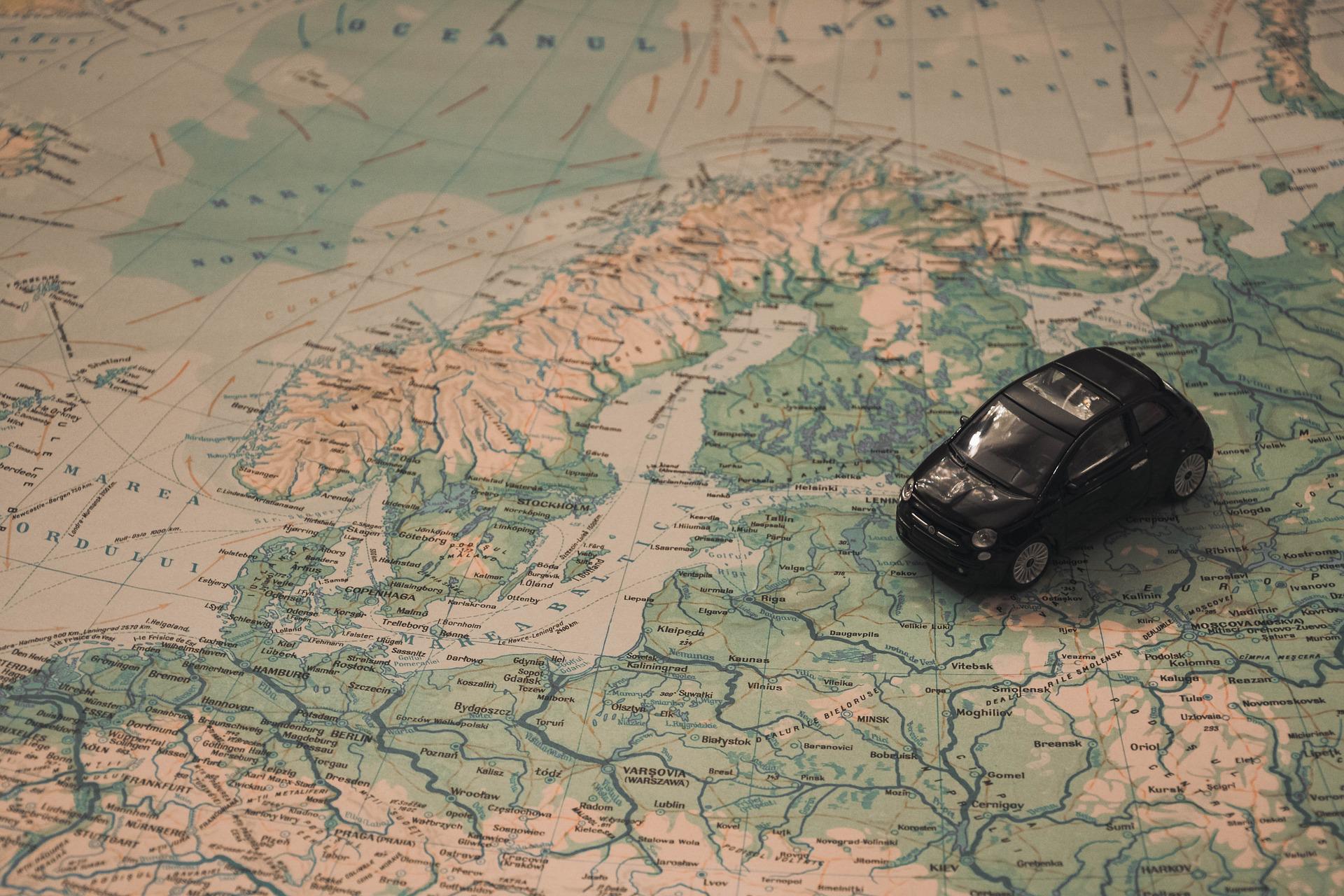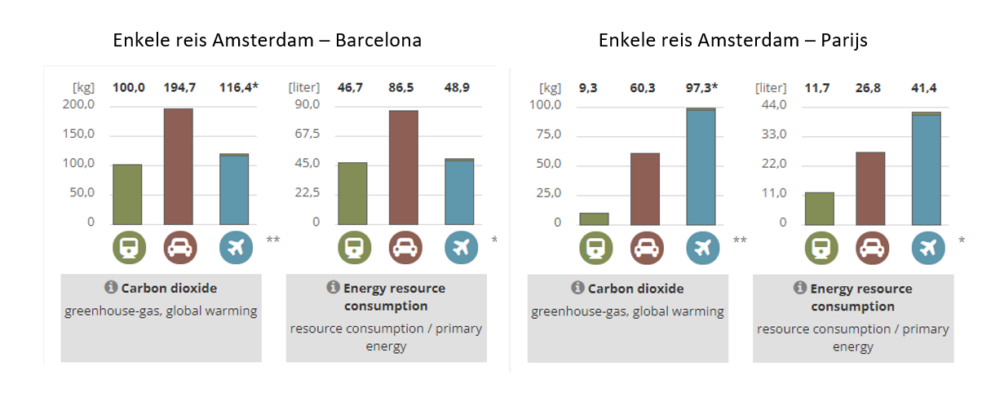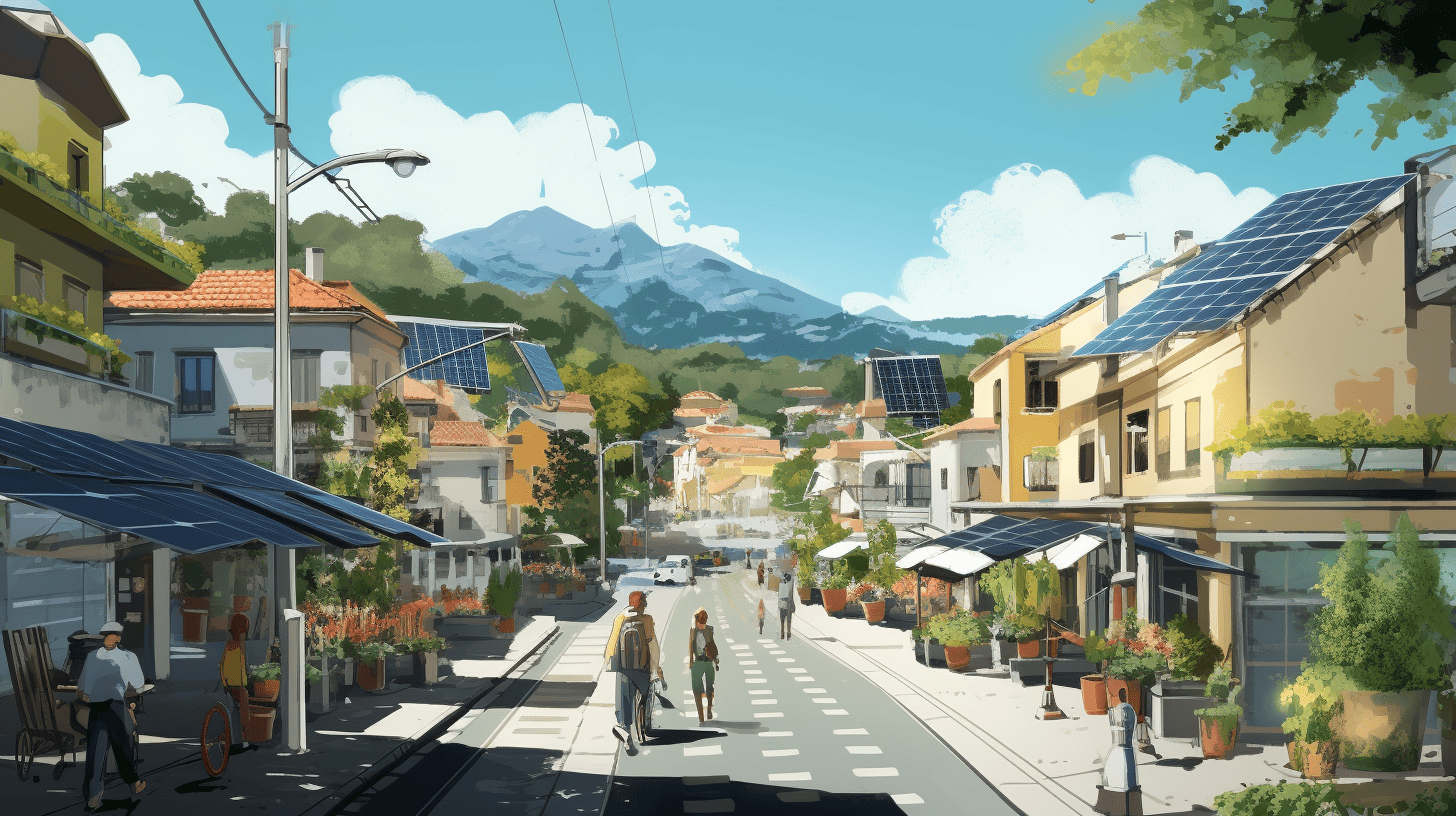
Every year, a billion people worldwide take a trip. In general, we view discovering new destinations and learning about other cultures as enriching. But, the trips and the choices we make while traveling can have a detrimental impact on local nature and people. Here are three initiatives that can help reduce the impact of your trip.
1. Sustainable Travel International
Sustainable Travel International is committed to educating people on how to have a positive impact on the people and places they visit. They do this by building a community of one million people who are committed to traveling in a responsible way and leaving a positive impact.
A few tips: eat locally, spend the night locally and book activities at local travel agencies. Pay entrance fees when you visit national parks or protected areas. Join a cooking class, buy a handmade piece of art or visit a cultural festival. And that could be a religious celebration in Bali, or a local wine market in the Dordogne.
Choosing local things while in a new destination is not always as straightforward as it may seem. The Dutch start-up i-ilikelocal helps with this. Locals are paid the full amount they charge for their activities. You can book activities in nineteen countries in Africa and Asia through them. For example, a hip-hop class in Nairobi, a jewelry making workshop in Kenya, or a curry cooking class in Indonesia.
2. EcoPassenger
The makers of this website developed a practical tool that allows you to calculate your own carbon footprint. The model makes it clear how big the impact of your trip is and compares car, plane and train travel.
Let’s take a trip from Amsterdam to Barcelona as an example. If you were to go by car, you would be responsible for emitting 194.7 kilos of carbon dioxide, by airplane 115.9 kilos and by train 100 kilos. Energy consumption is also highest by car. The conclusion: if you are traveling on your own, flying comes out comparatively well (and is four times faster).
Whereas it would be better to take a trip from Amsterdam to Paris by train. It is only fifty minutes slower than by car, while energy consumption and carbon dioxide emissions are much lower than the other two modes of transport.

3. Sustainable travel agencies
More and more travel agencies are committing themselves to sustainable travel. For example, Explore shows the CO2 emissions for each of the 515 trips it offers to raise awareness. Or slow-travel specialist Byway, which recently devised a completely flight-free travel plan for trips within Europe.
In order to counter mass tourism, travel company Sawdays put limits on its own capacity. The company identified thirteen European destinations, including Venice and Barcelona, as “too touristy” and restricted its own growth capacity in these areas.
British travel company Exodus aims to be emission neutral and reduce its impact on the ecosystem by 2024. What impact it does still create, the company wants to offset by proactively supporting restoration projects. For one thing, they initiated the Rewilding Europe project, which involves reforesting a minimum of 100 square meters for every person who books a trip with them.








